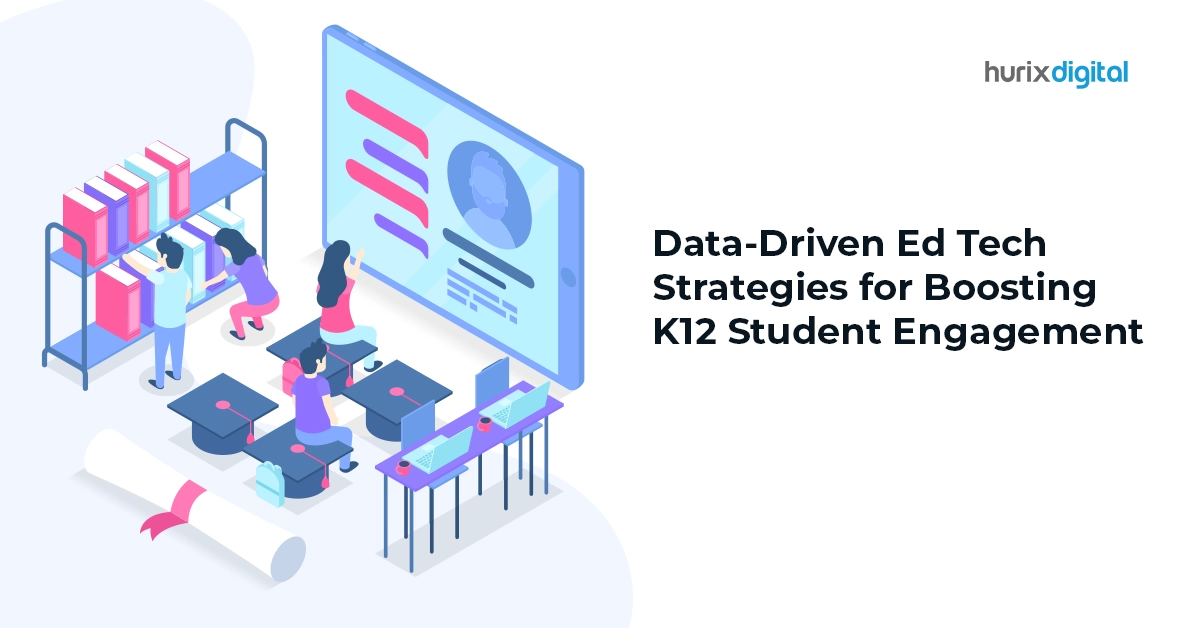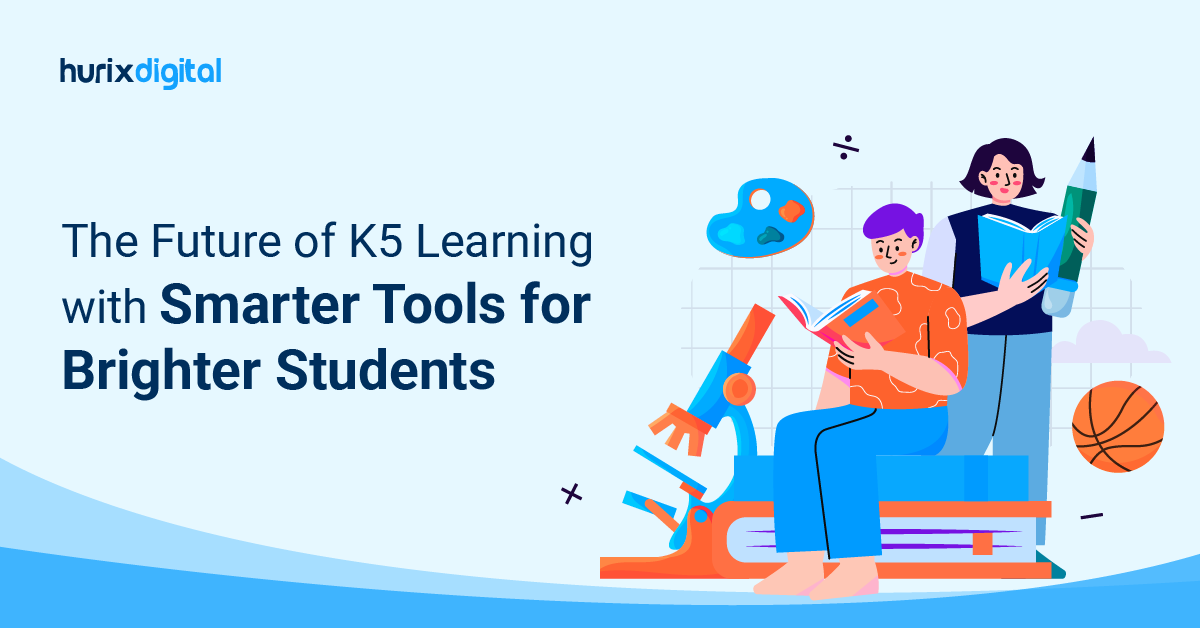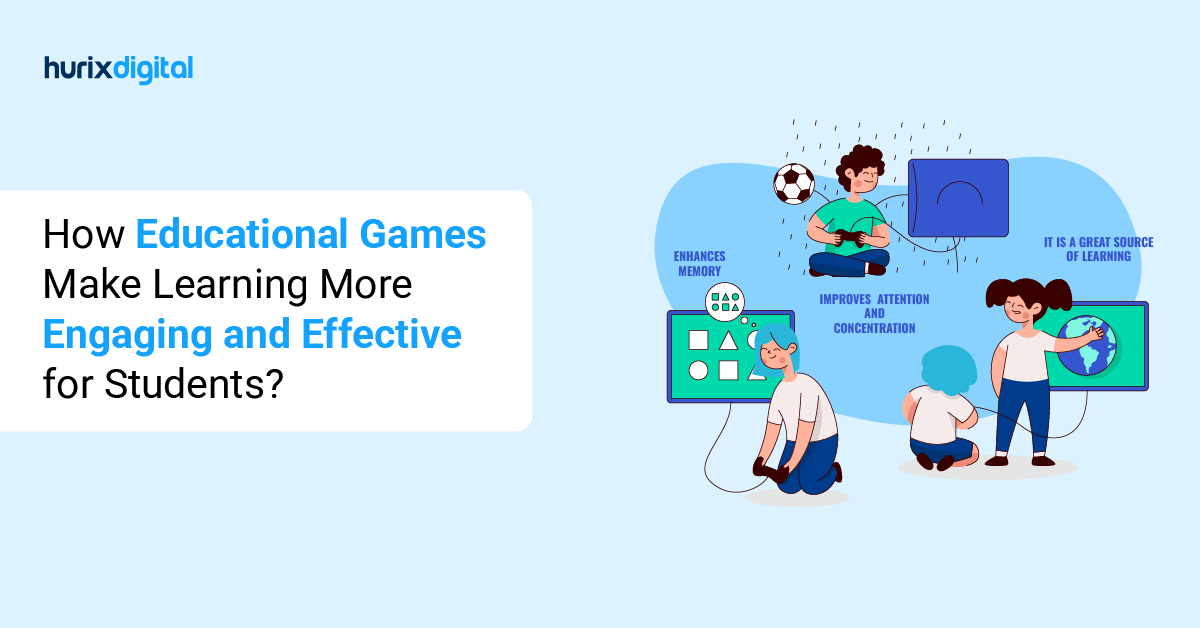
Data-Driven Ed Tech Strategies for Boosting K12 Student Engagement
Summary
Discover data-driven strategies to enhance student engagement in K12 education. This blog provides insights into leveraging data and technology to improve learning outcomes.
K12 education lays the groundwork for students’ future pursuits, offering them essential skills to navigate the real world. As the realm of education evolves, it becomes imperative to adapt learning methodologies to support students better.
One persistent challenge in traditional learning environments is student engagement, which can be addressed by integrating emerging technological solutions.
In this blog, we will explore several data-driven educational technology strategies that help educators boost K12 student engagement. Let’s explore!
Table of Contents
- Understanding K12 Education
- Strategies for Boosting K12 Student Engagement
- Exploring the Future of K12 Education
- Final Words
Understanding K12 Education
The education of K12 students affects retention rates, academic performance, and overall educational results. Traditional teaching methods can often fail to recognize and meet the varied needs and interests of students, which lowers learning outcomes and causes student disengagement.
To resolve this growing issue and support students more effectively, educators are using data-driven EdTech solutions more frequently to encourage student engagement and refine learning approaches for more specialized preferences.
Also Read: Addressing Learning Gaps: Effective Remediation Techniques in K12 Education
Strategies for Boosting K12 Student Engagement
The constant evolution of technology has driven the growth of data-driven teaching strategies that take student performance metrics into account to encourage engagement. These can include several of the following:
1. Use Student Performance Analytics for Interventions
Student performance data can be utilized to improve educational technology approaches to teaching greatly. Teachers can obtain important insights into each student’s unique learning habits, abilities, and areas for growth by gathering and evaluating data on their academic performance.
Equipped with this knowledge, educators can customize their teaching strategies to match the particular requirements of every learner, leading to increased involvement and understanding.
Additionally, timely interventions made possible by student performance analytics let teachers identify children who aren’t performing according to their potential and provide the necessary support to help them avoid academic setbacks.
2. Empower Students through Personalized Learning
Using technology, teachers can design dynamic learning experiences that are suited to each student’s preferences, interests, and learning styles. Personalized learning encourages intrinsic motivation and long-term engagement by giving students the power to take charge of their educational path.
Personalized learning ignites a desire for learning that goes beyond the walls of typical classroom settings. It promotes a sense of agency and autonomy through the use of digital resources or adaptive learning systems.
3. Improve Learning Experiences through Classroom Technology Integration
Effective classroom technology integration maximizes the impact of EdTech solutions on student engagement. Educators should easily incorporate digital tools and resources into their lesson plans rather than treating technology as a separate entity.
Classroom technology produces immersive learning environments that capture students’ attention and encourage active engagement.
Examples of this technology can include interactive whiteboards and collaborative web platforms. Teachers can increase K12 student engagement by embracing technology as an essential part of teaching and learning. This will open up new avenues for learning and collaboration.
4. Transform Learning through Gamification
Gamification, which incorporates game design aspects into educational experiences, is a compelling strategy for promoting K12 student engagement. Teachers can turn learning tasks into engaging and rewarding challenges by utilizing gaming concepts like points, badges, leaderboards, and quests.
Gamified educational experiences hold students’ interest, encourage healthy student competition, and reward participation.
By redefining failure as a normal part of the learning process, gamification in education encourages students to persevere and pursue mastery, helping to encourage a growth mindset.
5. Utilize the Power of Adaptive Learning Platforms
Adaptive learning platforms provide individualized instruction based on each student’s special requirements and skills. They use advanced algorithms and machine learning to dynamically modify the speed, content, and mode of teaching based on real-time performance data.
This adaptable strategy guarantees focused assistance for students, allowing them to overcome learning challenges and advance at their speed.
Educators can maximize K12 student engagement and academic achievement by utilizing adaptive learning systems to realize the potential of data-driven instruction fully.
6. Provide Insights with Educational Data Analysis
Educators can extract meaningful insights from large student databases using educational data analysis.
Education professionals can find patterns and correlations in student performance data by using data visualization tools and predictive analytics. This information can then be used to improve intervention tactics and instructional decision-making.
By supporting evidence-based practices and iteratively improving teaching approaches, educational data analysis promotes ongoing improvement. By using data to their advantage, educators can create an environment of data-driven innovation in the classroom and open up new avenues for improving K12 student engagement.
Exploring the Future of K12 Education
The fusion of data-driven strategies and digital innovation has great promise to transform education and provide more chances to improve student performance, equity, and participation.
Here’s what the future holds:
1. Virtual and Blended Learning
Beyond the limitations of conventional classrooms, digital learning platforms and internet resources have created virtual and blended learning environments.
Hybrid models of instruction combine in-person teaching with virtual learning to provide students with more flexibility, self-governance, and customized access to educational materials. Students can take charge of their education in virtual and hybrid learning settings, which encourage independent study, teamwork, and innovation.
2. Personalized and Adaptive Learning Pathways
Personalized and adaptive learning encourages students to learn at their speed and according to their interests.
By utilizing intelligent tutoring systems, personalized learning algorithms, and adaptive learning platforms, educators can customize training to each student’s unique needs, leading to increased engagement, proficiency, and retention.
Teachers can diversify instruction and offer focused support based on real-time performance data. To satisfy students’ changing demands in the digital era, educators must adopt data-driven techniques and teaching approaches, as the need for individualized learning only grows.
3. Lifelong Learning and Professional Development
It is now essential for K12 students to have lifelong learning abilities to succeed in the 21st century.
Teachers are essential in creating a culture of lifelong learning because they provide an example of inquiry, flexibility, and resilience. Continuous professional development programs enable educators to remain current with the newest developments and teaching methods in data-driven instruction and educational technology.
By prioritizing lifelong learning, educators can give themselves the information, abilities, and attitudes necessary to successfully negotiate the challenges of the digital age and motivate the following generation.
Also Read: The Role of Curriculum Specialists in K12 Education: Responsibilities and Impact
Final Words
In a time of swift technological progress and changing educational models, data-driven educational technology strategies present revolutionary ways to increase K12 student engagement.
Educators, in this regard, can utilize the power of student performance analytics, personalized learning, and adaptive learning platforms to create dynamic and immersive learning experiences.
The combination of data-driven tactics and educational technology offers a viable opportunity to transform K12 education and open up new avenues for student involvement, academic success, and lifetime learning.
Hurix Digital‘s K12 content solutions provide schools with the technology and platform to create holistic learning experiences and ultimately improve K12 student engagement.
Team up with us to empower your students with cutting-edge educational technology and data-driven strategies.

Senior Vice President
A Business Development professional with >20 years of experience with strong capability to sell new solutions and develop new markets from scratch. New Market Entry Specialist with experience of working in two of the largest emerging markets – China & India. Also covered other key markets in APAC, US, EU & ME. Exceptional experience of conceptualizing, ideating and selling new learning technologies like VR AR, etc. across multiple industry verticals.







